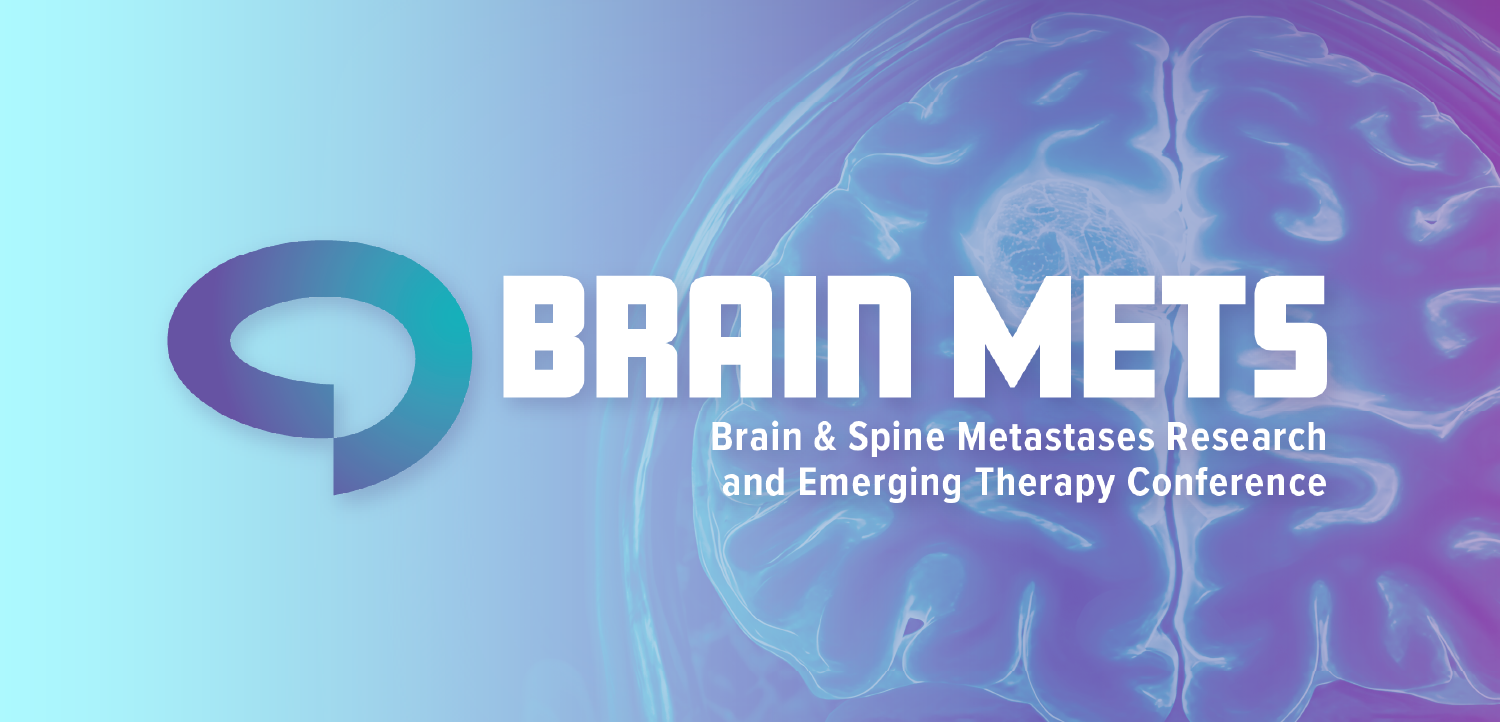
Why timely transfers are a hidden key to hospital efficiency | Viewpoint
Patient transfer is a significant problem in U.S. hospitals, and evidence suggests that the time it takes to move patients to the most appropriate care setting is on the rise.
There are areas in healthcare that are ripe for outsourcing as healthcare leaders grapple with how to ease operational challenges that impact patient outcomes. Centralized patient transfer is one of those, and a recent ROI study reveals that the return on investment can be substantial—to the tune of 3:1.
Timely patient transfer is a significant problem in U.S. hospitals, and a growing body of evidence suggests that the time it takes to move patients to the most appropriate care setting is on the rise. The fallout of this trend directly impacts both patient outcomes and a health system’s bottom line, whether in the form of delayed care and increased strain on staff or missed revenue opportunities resulting from a patient placed outside of the network.
Unfortunately, the negative impacts are mounting as patients at safety-net hospitals
Given the resource strains hospitals face related to increased demand for care and a
Nurse-led centralized transfer: The ROI backstory
The complexities of the patient transfer process in today’s hospitals are many. Dwindling in-house resources and operational capacity coupled with a lack of expertise to optimally address patient care and health system interests make for a perfect storm of challenges.
Yet when patient flow is optimized, there are inherent advantages: speedier care that improves outcomes and the patient experience; improved staff retention and fewer errors due to reduced strain on staff; and increased operational margin and revenue resulting from streamlined processes and improved patient retention within the network.
Centralized, standardized transfer center models are proven to address existing stressors through 24/7 operations that speed patient transfer to the most appropriate care setting possible. Rather than allocating needed resources to make calls and coordinate placement, providers simply make one call to initiate a transfer. This frees providers, nurses, and other staff to focus on priority activity: serving patients.
In 2024, a ROI study was conducted by Eliciting Insights, analyzing a third-party offering of transfer center services provided to a large health system with close to 50 hospitals. The ROI calculation used the net revenue per account, profit margin by service line, and service fee for the transfer center to calculate the benefit to the receiving facility. In addition, the study measured incremental revenue from new patients, with a projected annual value of $1,395 per patient and a 10-year expected patient retention period. This calculation was based on an accepted
The results revealed opportunities to capture significant ROI related to third-party centralized transfer services:
The transfer center ensured 18,000 clinically appropriate transfers remained within the large health system over a 12-month period, resulting in $279 million in retained net revenue.
The study also predicted that the transfer center would bring an additional $23 million in future revenue into the health system by retaining patients.
The transfer center produced an overall 3:1 ROI while reducing the amount of time emergency department physicians and nurses spend on administrative tasks.
Drilling deeper, the transfer center produced the following ROI for various service lines:
- 7:1 for Cardiology
- 6:1 for Neurosciences
- 4:1 for Surgery
- 4:1 for Spine and Orthopedics
Optimizing centralized transfer services
The business case for centralized transfer is an easy one to make, yet health systems must take the right approach to implementing these options.
The best models employ standardized processes across clinicians and administrative staff, along with ongoing governance, oversight, evaluation and reporting. Critical to optimization are dedicated nurse resources to facilitate transfer processes. When a qualified clinician like a registered nurse is in the driver’s seat, decisions around patient transfers are more likely to ensure the most appropriate care at the right time.
By managing the full process from coordinating with stakeholders to securing acceptance and arranging transportation, the transfer team helps reduce unnecessary delays and administrative burden. Equipped with a clear understanding of each facility’s capabilities and capacity, they work within a set of network parameters to identify a location based on provider preference and patient need. This approach not only supports timely care but also enhances operational performance by helping health systems better utilize existing resources and maintain continuity across the network.
Data is a critical element to effectively manage patient throughput and avoid care delivery delays. Essentially, the who, what, how, when and why of transfers becomes clear, helping leaders drive organizational success.
Amid growing challenges that are creating an unacceptable patient transfer scenario in the United States, health systems can change current dynamics for the better. Centralized patient transfer not only improves patient outcomes, but also drives significant ROI and bottom-line improvements. By replicating successful models, health systems can easily lay the right foundation for timely transfer, now and in the future.
Cheryl Dalton-Norman is the president and Co-founder of Conduit Health Partners.








































